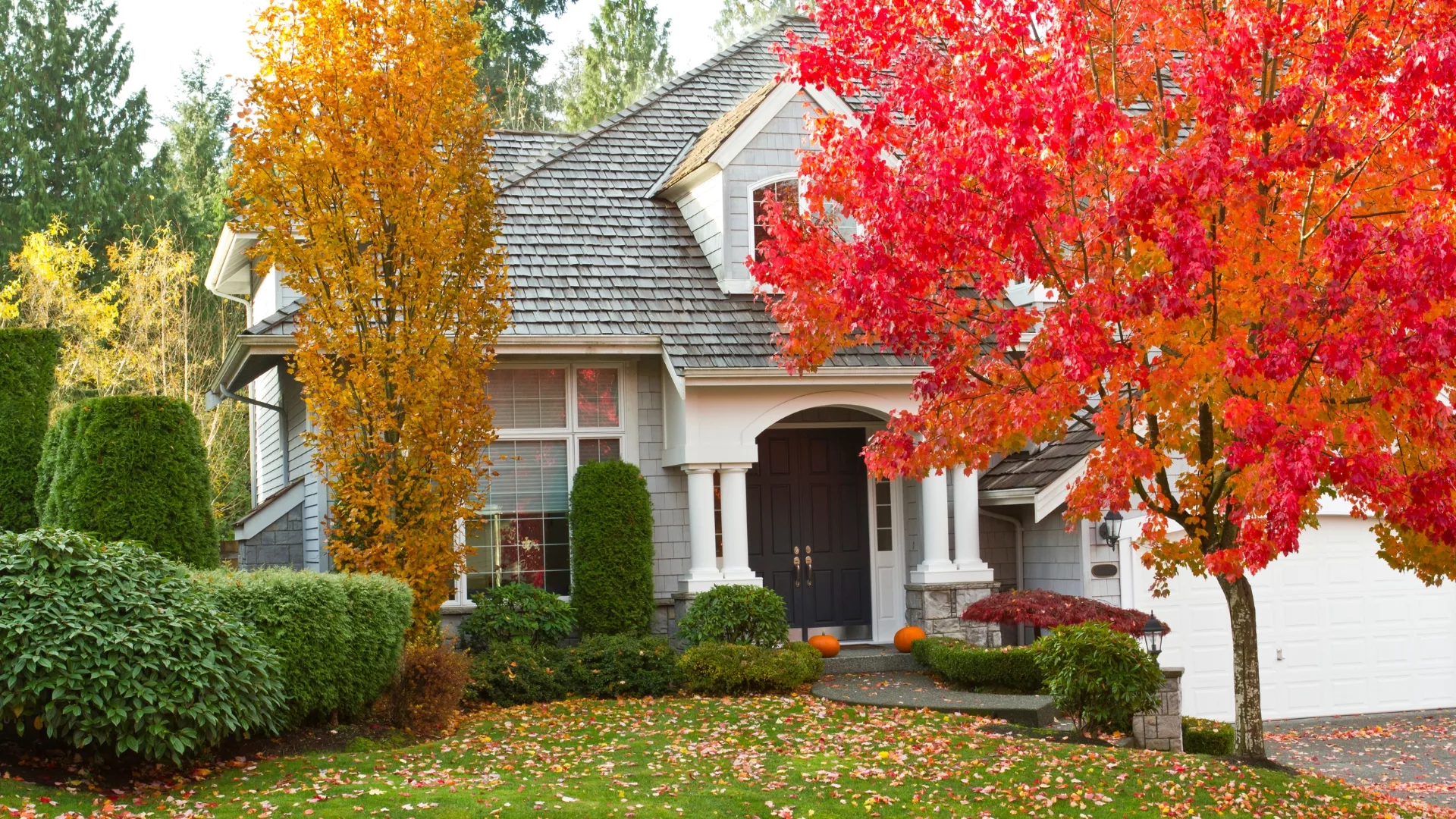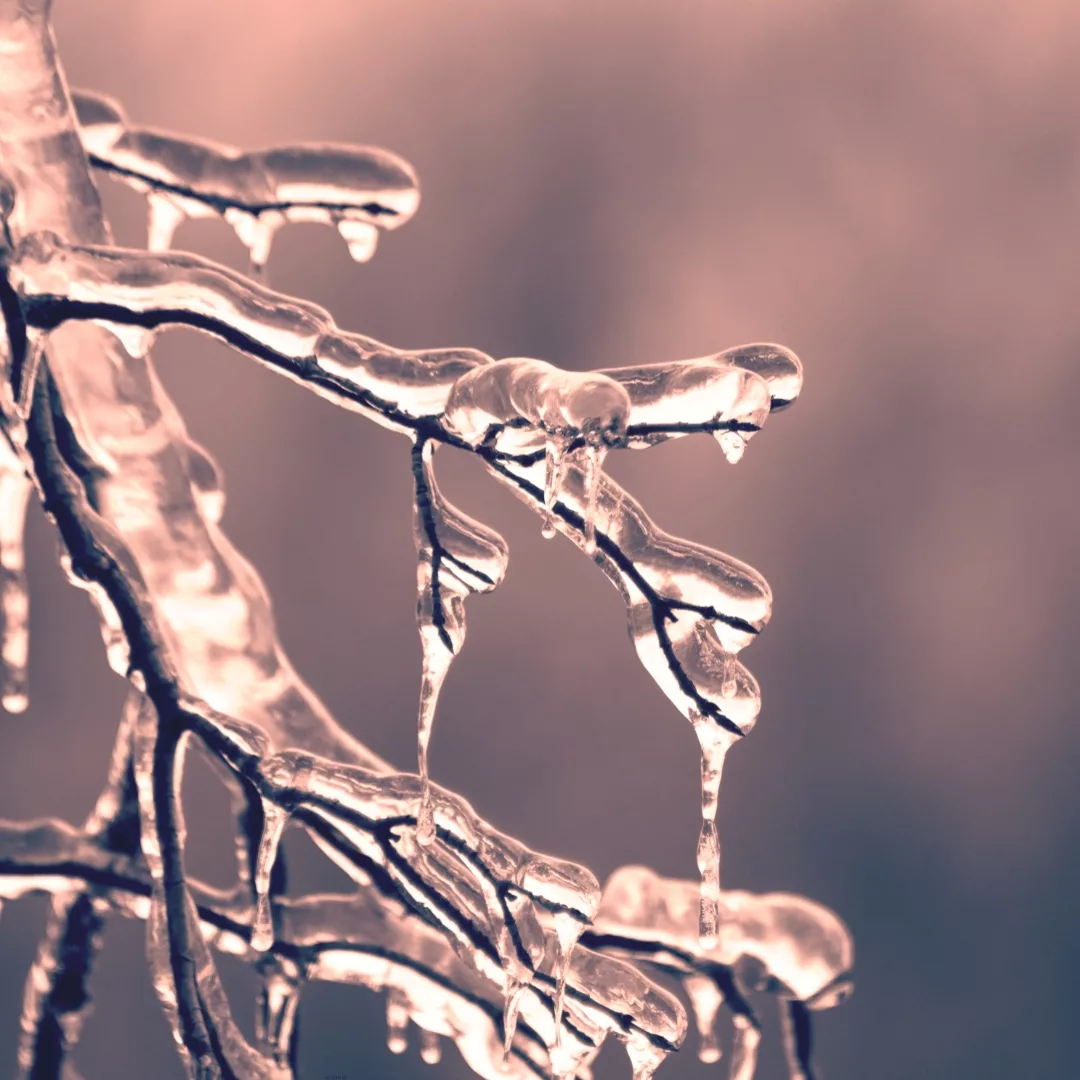Winterizing Your Sprinkler System in Kalamazoo, Michigan: Essential Fall Prep for a Safe Winter
Protect Your Investment During the Cold Months

As fall sets in and the temperatures in Kalamazoo, Michigan, begin to dip, it’s crucial to start thinking about winterizing your sprinkler system. With harsh winter conditions on the horizon, neglecting this important maintenance task could result in costly repairs when spring rolls around. Here’s a detailed guide to help you prepare your system for the cold months ahead.
Why Winterize Your Sprinkler System?
In Kalamazoo, winters are no joke. Freezing temperatures can cause the water remaining in your sprinkler pipes to expand, leading to cracked or burst pipes, damaged valves, and broken sprinkler heads. These repairs can be expensive and time-consuming. Winterizing your system before the first freeze ensures that your sprinkler components are protected, prolonging their lifespan and preventing costly damage.
When Should You Winterize?
The best time to winterize your sprinkler system in Kalamazoo is during the fall, typically by late October or early November. It’s important to perform this task before temperatures drop below freezing, which often happens in mid-November. Waiting too long could result in frost hitting your system, putting it at risk of damage.
Step-by-Step Guide to Winterizing Your Sprinkler System
Here’s a step-by-step breakdown of how to properly winterize your system:
1. Turn Off the Water Supply
Locate the main water shutoff valve for your sprinkler system and turn it off. This stops any more water from entering the system, preventing potential freeze damage in the lines.
2. Drain the System
There are a few methods to drain the water from your sprinkler pipes:
• Manual Drain Valve: If your system has manual drain valves, open them to release any trapped water.
• Automatic Drain Valve: Some systems are equipped with automatic drain valves that open when the water pressure drops, allowing the pipes to drain themselves.
• Blowout Method: If your system doesn’t have manual or automatic drain valves, or if you want to ensure all water is removed, use an air compressor to blow out any remaining water. This is the most effective method but should be done with care, as improper use of an air compressor can damage your system. It’s often wise to call a professional for this step.
3. Insulate Exposed Components
Any above-ground pipes, valves, or backflow preventers should be insulated to protect them from freezing. You can wrap these components in insulation tape or specialized pipe covers. In Kalamazoo’s cold winters, this extra step is crucial to keeping your system safe.
4. Shut Down the Controller (Optional)
If you have an automatic sprinkler system, consider shutting down the controller or switching it to “rain mode.” This prevents it from trying to activate during the winter months. However, it’s a good idea to leave the controller on, as it helps retain programmed settings for spring.
5. Inspect and Maintain Your System
As part of the winterization process, take the time to inspect the system for any damage or leaks that may have developed during the summer season. Fixing small issues now can save you from bigger headaches in the spring.
Why Hire a Professional?
While DIY-ing your sprinkler system winterization is possible, hiring a professional ensures the job is done correctly and thoroughly. Many Kalamazoo residents choose to go this route, especially when it comes to using the blowout method, which can be tricky and, if done improperly, may damage your system.
A local expert will have experience dealing with the specific challenges of Michigan winters and can provide peace of mind that your system is fully prepared to weather the freeze.
What Happens If You Don’t Winterize?
If you skip the winterization process, you’re taking a big gamble with your sprinkler system. Here’s what could happen:
• Cracked Pipes: Water left in the pipes will freeze, expand, and could crack or burst the pipes.
• Damaged Sprinkler Heads: Frozen water can break or damage sprinkler heads, leaving you with malfunctioning components come spring.
• Costly Repairs: Repairing damaged sprinkler systems is significantly more expensive than the cost of winterizing, especially if underground pipes are affected.
Ready for Spring
By taking the time to winterize your sprinkler system in the fall, you’ll save yourself from costly repairs and ensure your system is ready to go once the weather warms up. Proper maintenance now can save you from a headache next spring, and help your lawn stay lush and green.
Final Thoughts
Winterizing your sprinkler system may seem like a hassle, but it’s an essential part of home maintenance in Kalamazoo’s cold climate. Whether you choose to tackle the job yourself or hire a professional, preparing your system for the winter freeze will keep it running smoothly for years to come.
By making this task a priority every fall, you’ll protect your investment and avoid unnecessary expenses come spring.

Why Winterize Your Sprinkler System?
• Prevent Damage: Freezing water can cause significant damage to your sprinkler system, including burst pipes and broken valves. Winterization prevents these costly issues.
• Save Money: Proper winterization helps avoid expensive repairs and replacements, saving you money in the long run.
• Ensure Efficiency: A well-maintained system lasts longer and performs better. Winterizing your system keeps it in peak condition for years to come.
• Peace of Mind: Knowing your sprinkler system is protected allows you to enjoy the winter season without worrying about potential damage.

